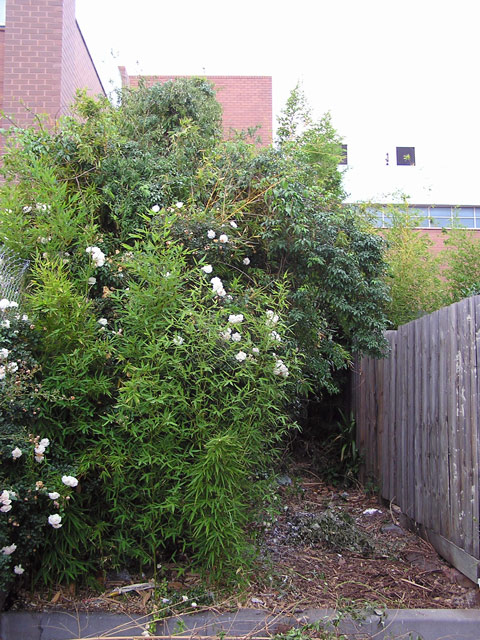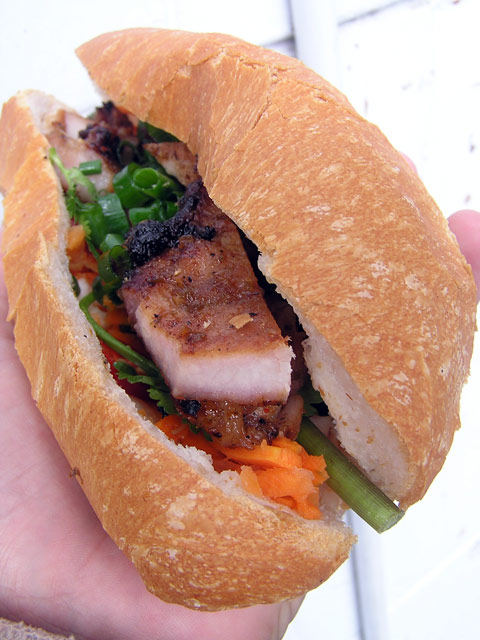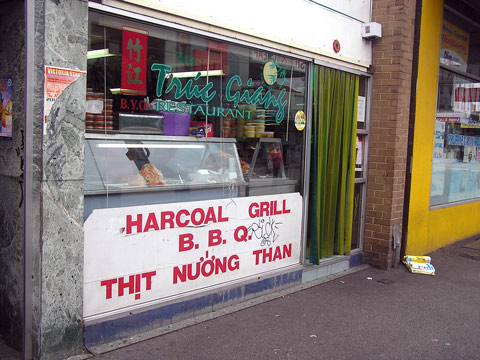In the modern city, horticulture is a transgressive sport. Modern urban developments tend to preclude growing fruit and vegetables as a possibility by offering only dark, windy balconies or paving over backyards, only conceding the mere edges to decorative, inedible shrubbery. The walls of suburban McMansions creep closer to the boundaries of their allotments offering scant room for plants.
After having spent the last month touring rental properties in Melbourne, the trend in renovating homes is to eradicate as much greenery as possible and replace it with pavers and a box hedge that looks indistinguishable from a plastic version of itself. The heartening trend towards adding grey water and rainwater tanks hasn’t filtered down to rental properties and most likely won’t while there is the trend for investors to buy houses and flip them onto the rental market as soon as Ikea drops in their cheap stainless-on-softwood kitchens.
These are spaces not meant to grow food.
Urban life in Australia (and much of the Western world) is designed to be separate from farming. There is the occasional community garden and the hardcore few who raze their lawns to plant vegetables anew (and add an obligatory chook shed) but these number amongst the minority. Subsisting in a city, while possible, is not preferable nor socially acceptable.
Behind my new apartment a typical Melburnian bluestone laneway has been curbed off by the local council, creating a semiprivate patch that is now overgrown. A bamboo plant battles for supremacy with an English climbing rose which offers a strange parallel to my eating habits. If I can weed out the overgrowth then there is a small chance to grow my own food and possibly some for the neighbours as well.
The real question is how much food?
And how soon?


